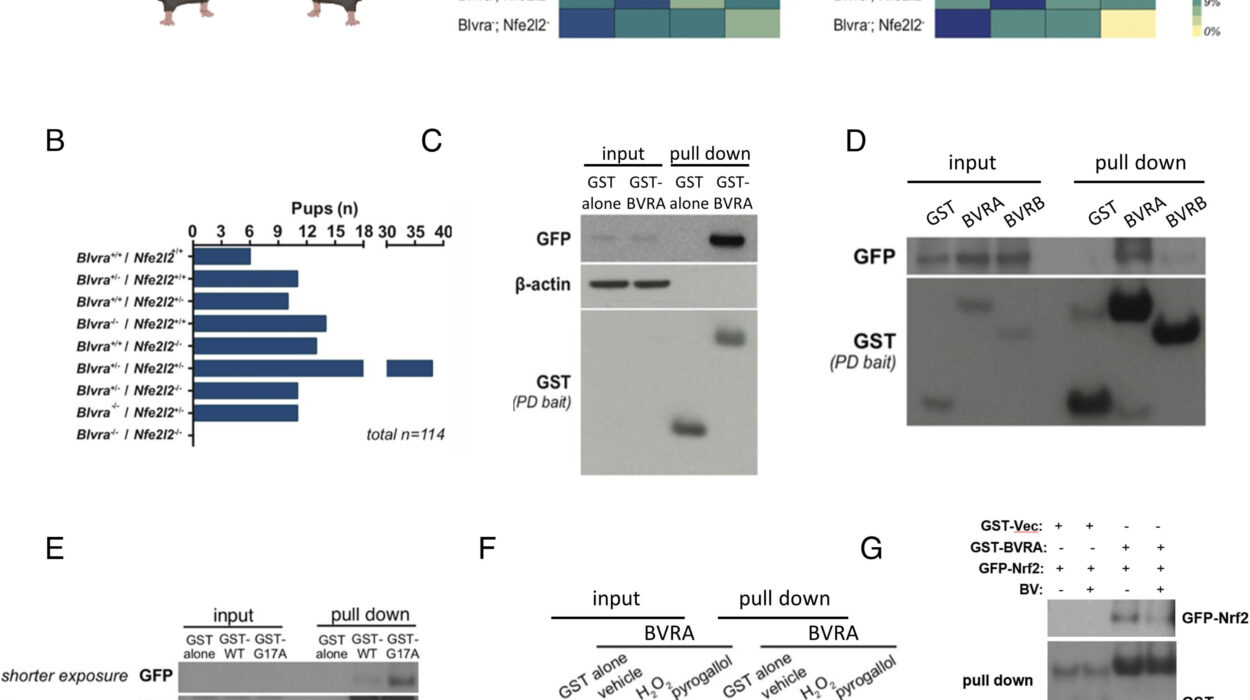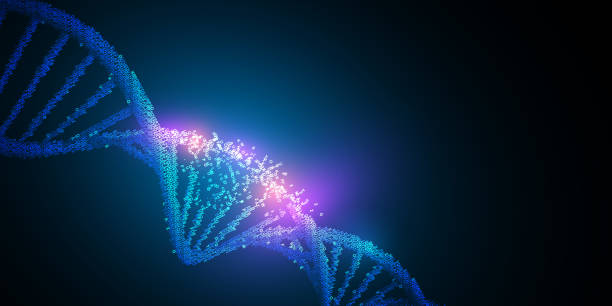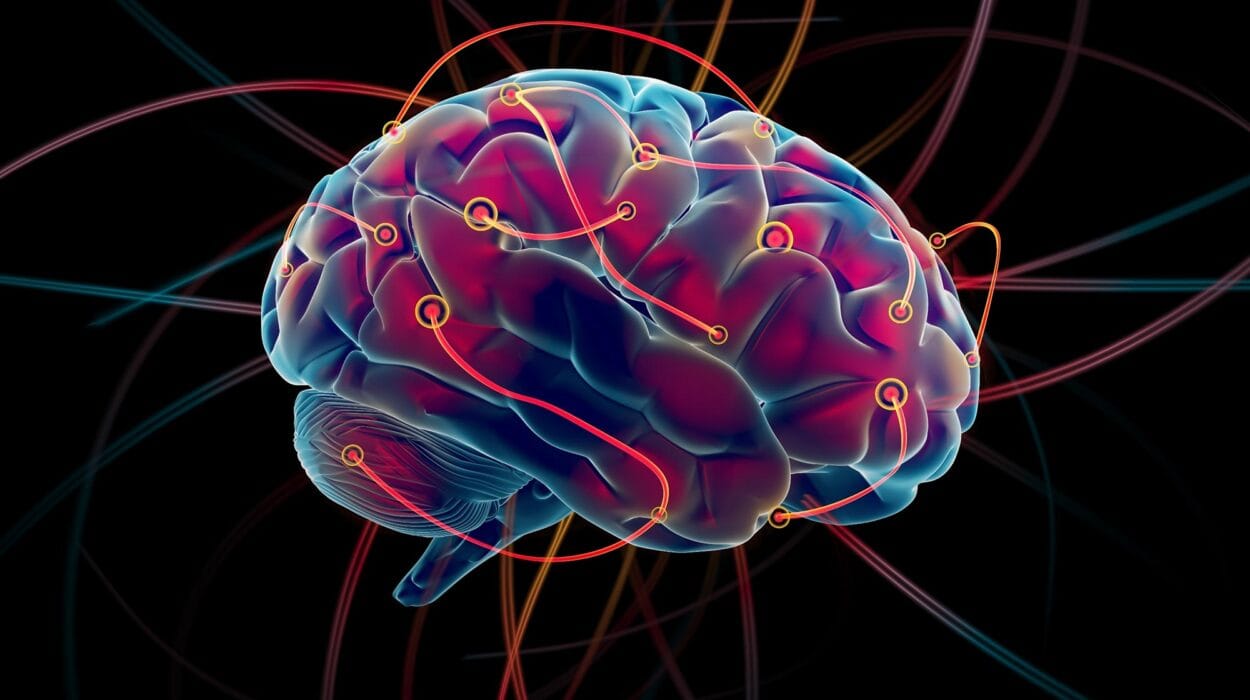Across the globe, people smoke, drink, and use recreational drugs for a wide range of reasons—relaxation, escape, ritual, rebellion, boredom, or simply social inclusion. In films, parties, and advertisements of earlier decades, lighting up a cigarette, pouring a glass of whisky, or taking a pill has often been glamorized as a sign of sophistication, masculinity, freedom, or fun.
But underneath the seductive image of these substances lies a far darker reality—one defined by biological addiction, physical damage, and widespread social and emotional harm. Smoking, alcohol, and drugs do not just leave scars on the lungs or liver; they shape entire lives, disrupt families, and strain healthcare systems.
This article will dive deep into the medical risks associated with smoking, alcohol consumption, and drug use. But this is not just about dry facts or medical jargon. We’ll explore how these substances affect the human body and mind, why they are so addictive, and how society’s view of them has shifted over time. We will see how science, culture, and personal choice intertwine—and why understanding the risks is more critical than ever.
The Human Brain: The Seat of Addiction
Before examining each substance in detail, it’s crucial to understand the engine driving most of this behavior: the human brain.
Addiction is not merely about weak willpower or bad choices. It is a rewiring of the brain’s reward circuitry. Whether it’s nicotine, alcohol, heroin, or methamphetamine, these substances hijack the brain’s dopamine system. Dopamine, a neurotransmitter associated with pleasure and motivation, normally rewards us for healthy behaviors like eating, socializing, or sex. But addictive substances flood the brain with dopamine, creating intense pleasure and euphoria.
Over time, the brain adjusts. Natural dopamine levels fall, and the user needs more of the substance just to feel “normal.” This is the essence of tolerance and dependence. Quitting becomes difficult not just emotionally but chemically. Cravings, withdrawal symptoms, and compulsive behavior are not signs of weakness—they are symptoms of a brain that has been fundamentally altered.
Understanding this biological foundation helps strip away the stigma surrounding addiction and reinforces the importance of prevention, treatment, and compassion.
Smoking: The Slow Poison
Cigarettes are legal, widely available, and for decades were even recommended by doctors. But behind their sleek packaging lies a cocktail of over 7,000 chemicals—many of which are toxic, carcinogenic, or both.
Nicotine: The Hook
The primary addictive ingredient in cigarettes is nicotine. It acts quickly—reaching the brain within 10 seconds of inhalation. It stimulates the release of dopamine, providing a brief high, improved concentration, and reduced anxiety. But the effects are short-lived, which encourages frequent use.
Nicotine itself is not what kills smokers—it’s the delivery system. Cigarettes, cigars, and even e-cigarettes introduce a host of dangerous substances into the lungs, bloodstream, and tissues.
Lung Damage
Chronic smoking is the leading cause of chronic obstructive pulmonary disease (COPD), including emphysema and chronic bronchitis. The lungs, once pink and elastic, become blackened, stiff, and inflamed. Tiny air sacs (alveoli) responsible for oxygen exchange are destroyed. Breathing becomes laborious, oxygen intake plummets, and infections become more common.
Cancer
Smoking is the number one cause of preventable cancer deaths worldwide. It is strongly linked to:
- Lung cancer (accounting for about 85% of cases)
- Mouth, throat, and esophageal cancers
- Pancreatic and bladder cancers
- Cervical and kidney cancers
Carcinogens in smoke damage the DNA of cells. Over time, these mutations accumulate and lead to uncontrolled cell growth—cancer.
Cardiovascular Disease
Smoking doesn’t just damage the lungs. It thickens the blood, narrows the arteries, and increases blood pressure. Smokers are at dramatically increased risk for heart attacks, strokes, and peripheral artery disease. Even occasional smoking can have measurable effects on blood vessel health.
Reproductive Harm and Pregnancy
In men, smoking reduces sperm quality and testosterone levels. In women, it disrupts fertility and accelerates menopause. During pregnancy, smoking increases the risk of:
- Miscarriage
- Premature birth
- Low birth weight
- Sudden infant death syndrome (SIDS)
Secondhand Smoke
The danger doesn’t end with the smoker. Secondhand smoke contains many of the same toxic compounds. Children exposed to it have higher rates of asthma, ear infections, and learning difficulties. Non-smoking partners are more likely to develop heart disease and lung cancer.
The Rise of Vaping
Many people now turn to e-cigarettes or vaping, often believing them to be safer. While vaping eliminates tar and many combustion by-products, the long-term safety of inhaling vaporized chemicals is still uncertain. Cases of EVALI (e-cigarette or vaping product use-associated lung injury) highlight emerging risks, especially with unregulated or illicit products.
Alcohol: The Legal Drug That Kills Quietly
Alcohol holds a paradoxical position in society. It is legal, socially accepted, and even celebrated in nearly every culture. Yet, it is responsible for more deaths globally than many illegal drugs combined. Its dangers are often underestimated precisely because it is so normalized.
Alcohol’s Journey Through the Body
Alcohol (ethanol) is a depressant that acts on the central nervous system. Upon consumption, it enters the bloodstream through the stomach and small intestine. It affects nearly every organ—starting with the brain.
In small amounts, alcohol lowers inhibitions, promotes sociability, and induces mild euphoria. But as levels rise, it disrupts coordination, judgment, memory, and speech. At very high levels, it can suppress breathing and lead to coma or death.
Liver Damage: The Body’s Breaking Point
The liver processes over 90% of alcohol consumed. With occasional use, it can manage the load. But with chronic drinking, liver cells become inflamed and die. Over time, this leads to:
- Fatty liver disease: An early, reversible stage
- Alcoholic hepatitis: Inflammation and damage
- Cirrhosis: Irreversible scarring that can lead to liver failure
Cirrhosis is a slow, painful, and often fatal condition. The liver becomes nodular, shrunken, and unable to perform essential functions like filtering toxins or producing clotting factors.
Cancer and Chronic Disease
Alcohol is classified as a Group 1 carcinogen—meaning there is sufficient evidence that it causes cancer. Even moderate drinking increases the risk of:
- Breast cancer
- Liver cancer
- Esophageal and throat cancers
- Colorectal cancer
It also contributes to hypertension, pancreatitis, diabetes, and immune suppression.
The Brain on Booze
Chronic alcohol use damages the brain. Memory, decision-making, and emotional regulation suffer. Heavy drinkers may develop Wernicke-Korsakoff syndrome, a form of alcohol-related dementia caused by thiamine deficiency.
Teenagers and young adults are especially vulnerable. Alcohol interferes with brain development and is linked to poor academic performance, risky sexual behavior, and long-term dependency.
Pregnancy and Fetal Alcohol Spectrum Disorders (FASDs)
Alcohol crosses the placenta. There is no known “safe” amount during pregnancy. FASDs include a range of physical, behavioral, and cognitive impairments in children exposed to alcohol in utero, such as:
- Facial deformities
- Learning disabilities
- Impaired motor skills
- Behavioral disorders
Social and Psychological Damage
Beyond physical health, alcohol contributes to:
- Domestic violence
- Car accidents
- Suicide and self-harm
- Workplace absenteeism
- Family breakdown
Alcohol doesn’t just damage organs—it damages relationships and futures.
Illegal Drugs: A Spectrum of Harm
Illegal drugs vary enormously in their effects and dangers. From hallucinogens to opioids, stimulants to sedatives, each class carries its own unique medical risks.
Opioids: Pain and Poison
Opioids include heroin, morphine, fentanyl, and many prescription painkillers. They are highly effective at reducing pain—but also intensely addictive.
Opioids bind to receptors in the brain that control pain and pleasure. In high doses, they suppress breathing—leading to overdose deaths, now at epidemic levels in many countries.
Long-term use leads to tolerance, dependence, and withdrawal symptoms like:
- Intense cravings
- Muscle aches
- Nausea and vomiting
- Depression and anxiety
IV drug use also increases the risk of HIV, hepatitis C, and infective endocarditis.
Stimulants: Speeding Toward Destruction
Stimulants include cocaine, methamphetamine, ecstasy (MDMA), and prescription amphetamines.
They boost energy, alertness, and mood—but come at a steep cost. Risks include:
- Heart attack and stroke
- Seizures
- Aggression and paranoia
- Psychosis and hallucinations
Methamphetamine in particular causes severe dental decay (“meth mouth”), weight loss, and neurological damage.
Hallucinogens: Mind-Altering Risks
Hallucinogens like LSD, psilocybin (magic mushrooms), and DMT distort perception and cognition. While they are not traditionally “addictive,” they can trigger:
- Panic attacks
- Psychotic breaks
- Flashbacks (hallucinogen persisting perception disorder)
People with underlying mental health conditions are especially at risk.
Cannabis: Not Harmless
Though widely used and increasingly legalized, cannabis is not without risks. Heavy use, especially in adolescence, is linked to:
- Cognitive decline
- Psychosis and schizophrenia
- Respiratory issues (with smoked forms)
- Dependency and withdrawal
Cannabis may have legitimate medical uses, but recreational abuse remains a concern—especially when perception of harm is low.
The Path to Recovery
Despite the risks, recovery is possible. Addiction is a medical condition—not a moral failing. Treatment options include:
- Behavioral therapy
- Medication-assisted treatment (e.g., methadone, naltrexone)
- Support groups (e.g., AA, NA)
- Inpatient rehabilitation
- Harm reduction strategies (e.g., needle exchange, supervised consumption sites)
Prevention through education, early intervention, and mental health support is equally crucial. Helping someone before they fall too deep into dependency can change—and save—their life.
Conclusion: Informed Choices for Healthier Lives
Smoking, alcohol, and drugs each carry immense medical risks. Some kill slowly, some quickly. Some ruin organs, others destroy minds and families. All have the potential to damage not just the user, but the people around them.
Yet, millions use these substances every day—some for pleasure, others for escape. Understanding the science, the biology, and the real consequences is a first step toward making better decisions—not just individually, but as a society.
We must approach addiction with compassion, not judgment. We must offer help, not shame. And we must replace glamor with truth—because life is far too precious to be thrown away for temporary highs.






